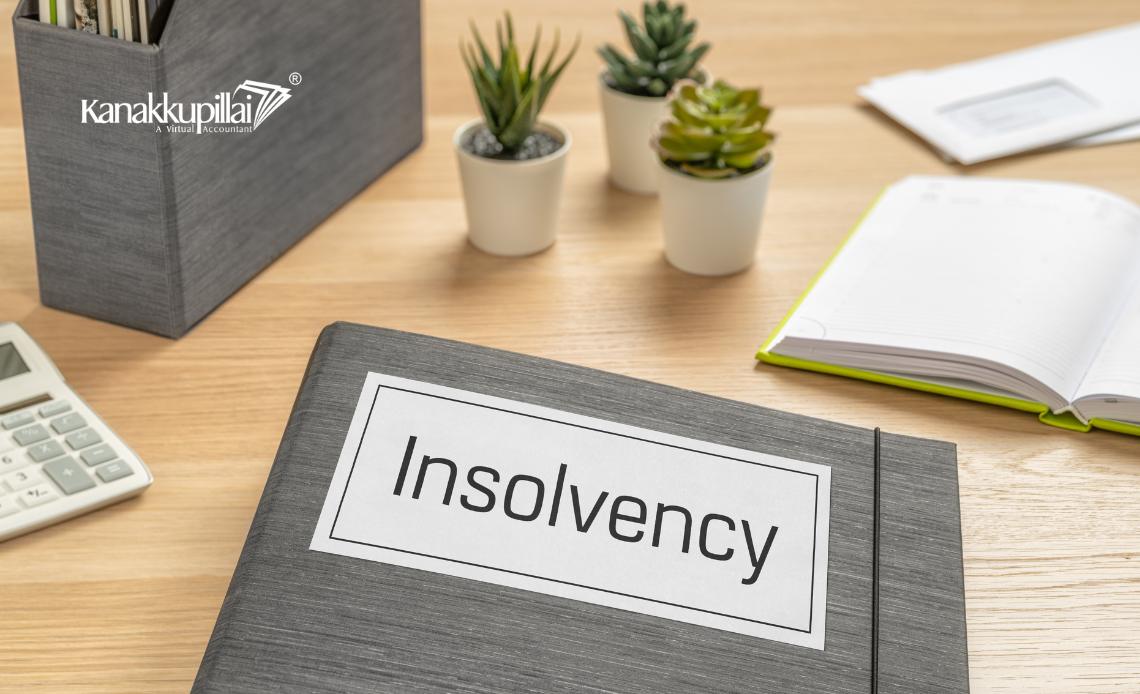Corporate insolvency is a very crucial aspect of commercial law, ensuring that the financial breakdown of the companies either recovers or exits the market in an orderly manner with proper management strategy. Corporate Insolvency Resolution Process is a structured framework and well managed procedure which is designed to resolve the financial distress of companies while protecting the interests of both the creditors and stakeholders. This process is particularly significant in countries like India, where the Insolvency and Bankruptcy Code, 2016 (IBC) governs corporate insolvency proceedings.
This article will discuss about the process of CIRP, covering its objectives, stages, legal framework, practical implications and various other aspects as well.
Understanding of Corporate Insolvency Resolution Process (CIRP)
The Corporate Insolvency Resolution Process is a legal framework under the Insolvency and Bankruptcy Code, 2016 (IBC) for resolving financial distress in companies. It begins when a corporate debtor defaults on payments, allowing creditors or the debtor itself to file for insolvency before the National Company Law Tribunal (NCLT). Once admitted, a Resolution Professional (RP) takes control, and a moratorium is imposed. The RP invites resolution plans, which are evaluated by the Committee of Creditors (CoC). If approved, the plan is implemented; otherwise, the company may face liquidation. CIRP aims for timely debt resolution and business revival.
Objectives of the CIRP
The CIRP aims to:
- Ensure creditor protection: To provide a better mechanism for creditors to recover dues effectively.
- Facilitate business revival: If possible, the process allows a corporate debtor to restructure and continue operations in a well-managed manner as per the regulations.
- Promote economic stability: It ensures efficient reallocation of financial and business resources.
- Reduce litigation and delays: The IBC introduced a time-bound resolution to mitigate prolonged disputes.
- Improve ease of doing business: A well-structured insolvency mechanism enhances investor confidence.
Legal Framework
The CIRP is primarily governed by the Insolvency and Bankruptcy Code, 2016 (IBC) in India. Some institutions and stakeholders involved in the process of CIRP include as follows:
- National Company Law Tribunal (NCLT): It’s an adjudicating authority for corporate insolvency cases and to resolve them in a time-bounded manner.
- Insolvency and Bankruptcy Board of India (IBBI): It’s a regulatory body overseeing insolvency professionals and processes.
- Insolvency Professionals (IPs): Experts managing the resolution process.
- Committee of Creditors (CoC): Comprising financial creditors who decide on resolution proposals.
- Resolution Applicants: Entities proposing revival plans for the distressed company.
Stages of the CIRP
The CIRP consists of multiple stages, starting from default identification to the resolution or liquidation of the corporate debtor.
1. Initiation of CIRP
The CIRP can be initiated by:
- Financial Creditors: Lenders or banks who have provided financial credit.
- Operational Creditors: Suppliers or vendors who are owed dues.
- Corporate Debtor: The company itself, voluntarily declaring insolvency.
The application is filed before the NCLT, which decides on its admission based on prima facie evidence of default.
2. Moratorium Period
Once admitted, the NCLT declares a moratorium period under Section 14 of the IBC, which includes:
- Suspension of all pending legal proceedings against the corporate debtor.
- Prohibition of asset transfer or foreclosure by creditors.
- Stay on the execution of security interests.
This ensures that the company has a fair chance for resolution without external pressures.
3. Appointment of Interim Resolution Professional (IRP)
The NCLT appoints the Interim Resolution Professional (IRP), who:
- Took over the management of the corporate debtor and managed it as per the regulations.
- Verifies creditor claims and forms a list.
- Constitutes the Committee of Creditors (CoC).
The IRP later hands over to a Resolution Professional (RP) if required.
4. Formation of Committee of Creditors (CoC)
The CoC consists of financial creditors and is responsible for:
- Assessing the financial position of the debtor.
- Evaluating and approving resolution plans.
- Appointing a permanent Resolution Professional.
5. Preparation and Submission of Resolution Plans
The resolution professional invites expressions of interest from potential resolution applicants. The applicants should submit the resolution plans, as per the regulations of IBC and various other provisions, which ensures the following:
- Repayment to creditors.
- Sustainable business revival.
- Legal and regulatory compliance.
6. Approval of the Resolution Plan
The CoC evaluates the submitted plans and selects one through a 75% voting threshold. The chosen plan will be submitted to the NCLT for final approval, and if it gets approval from the NCLT, then the corporate debtor will continue operations under the new structure.
7. Liquidation Process (If Resolution Fails)
If no resolution plan is approved within the stipulated 180-day period (extendable by 90 days), the company moves towards liquidation. The liquidation process involves:
- Appointment of a liquidator.
- Selling of assets to repay creditors.
- Disbursement of proceeds based on the waterfall mechanism (prioritizing secured creditors, workmen dues, and unsecured creditors).
Challenges in the CIRP
Despite its structured approach, the CIRP faces several challenges:
- Delays in resolution: Cases often exceed the 270-day limit due to litigation and procedural inefficiencies.
- Lack of bidder interest: A breakdown of companies usually fails to get serious resolution applicants, and because of that, companies suffer more.
- Legal hurdles: Appeals and judicial interventions delay processes.
- Operational disruptions: The moratorium period may not be sufficient to restore business viability.
- Misuse of the CIRP: Some companies also misuse the process for strategic defaults, which leads to stricter scrutiny to avoid these types of complications.
Key Judicial Precedents
Several landmark judgments have shaped the CIRP:
- Swiss Ribbons Pvt. Ltd. v. Union of India (2019): Upheld the constitutional validity of the IBC and reinforced creditor rights.
- Essar Steel India Ltd. v. Satish Kumar Gupta (2019): Clarified the supremacy of CoC decisions in resolution matters.
- Innoventive Industries Ltd. v. ICICI Bank (2017): Established the distinction between financial and operational creditors.
Economic and Business Impact
- Improved credit discipline: Borrowers need to be more cautious and careful while managing debts.
- Enhanced investor confidence: A robust resolution framework attracts foreign investments and helps to boost the economic conditions of the business.
- Business restructuring: Viable businesses get a chance to revive rather than liquidate.
- Reduction in non-performing assets (NPAs): Banks recover dues efficiently, reducing financial stress.
Future of the CIRP
To enhance efficiency, reforms in CIRP may include:
- Reducing delays: Strengthening NCLT capacity and timelines.
- Enhancing investor confidence: Providing more incentives for resolution applicants is a better way to boost the confidence of investors.
- Encouraging pre-packaged insolvency: Allowing faster out-of-court settlements.
- Technology integration: Using AI for claim verification and case management.
Conclusion
The Corporate Insolvency Resolution Process is a critical mechanism in modern corporate governance. While the IBC has significantly improved insolvency resolution in India, challenges remain. Continuous amendments in laws, judicial interpretations, operational execution and various other regulations are necessary to make CIRP more effective in achieving its core objectives, which are to preserve business value and protect stakeholder interests.
As businesses and economies evolve, a robust insolvency framework will continue to play an important role in ensuring financial stability and economic growth.
Related Services





